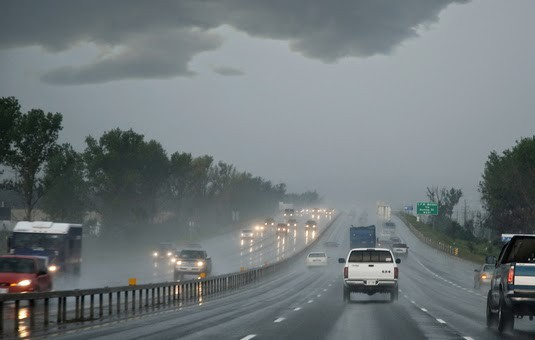By Adepeju Aina
The rainy season is considered a joyful season, especially for farmers. It is the season that makes you remember boats, canoes and of course your umbrellas, rain coats and even flood. It is also the season that ushers in floods.
This article talks about the joys and tears of the rainy season.
Joys of the Rainy Season
The rainy season helps us appreciate good roads, effective drainage systems and even the fresh fruits that are abundant during this season. Plants and trees benefit from the rain, as they need water to survive and grow. Rainy season increases the movement of the oceans and creates a cool and friendly atmosphere. Hydroelectric power generation comes from the potential energy of water.
Tears of the Rainy Season
The rainy season results in flood, where there are no proper drainage systems, roads are bad and the drainage systems are blocked by refuse, thereby restricting the flow of floodwater and causing it to spill into the streets. Flood is a recurring issue, it is discussed every year and little or nothing is done about it. Erosion occurs in the rainy season due to excess water and again, poor drainage systems.
People living close to the water channels suffer more during the raining season, largely due to flood. This may result in the displacement of people, loss of property and even lives.
Flooding may result from insufficient, or poorly maintained drainage systems and roads, dumping of refuse into the drainage channels, which obstructs the free flow of the water and littering of the roads.
According to The Guardian newspaper, in 2019, 130,934 persons were affected by flood while 48,114 persons were displaced, 29,356 houses were destroyed and 126 persons died.
The National Emergency Management Agency (NEMA) has raised the alarm that 28 states are at a high risk of flooding this year. Flood prediction by the Nigerian Hydrological Agency (NHSA) also indicates that 102 council areas in 28 states are at high risk of flood, 275 council areas in the 36 states including the FCT are at moderate risk while the remaining 397 falls within the low probable risk areas. The Nigeria Hydrological Services Agency (NHSA) is responsible for issuing yearly forecasts for flood management.
On July 15, 2018, 466 houses were washed away; about 50 persons killed, over 300 domestic animals killed and household items, including foodstuffs worth billions of Naira, lost to the flood in Katsina State. Heavy floods in Niger State have already claimed nine lives in July 2020 and destroyed more than 2,000 homes, affecting at least 20,000 people.
Lagos State Commissioner For Environment and Water Resources, Mr. Tunji Bello, listed areas that could suffer from the flood this year: Ibeju-Lekki, Lagos Mainland, Mushin, Ikorodu, Lagos Island, Amuwo Odofin, Ikeja, Kosofe, Eti-Osa, Apapa, Ojo, Oshodi/Isolo, Agege, Ifako Ijaiye, Badagry, Surulere and Ajeromi-Ifelodun. The Commissioner cautioned Lagosians against dumping of refuse in the drainage systems.
But whose responsibility is it to prevent and manage floods? I think that it is the responsibility of both the government and the citizens. The government is responsible for building quality drainage systems, ensuring proper maintenance of them and prosecuting residents that dump refuse into the drainage systems. The citizens are also responsible for the proper maintenance of the drainage systems in their environments and keeping them free of refuse, so that the water can flow freely.
Flooding can be reduced or eradicated with a proper sense of responsibility on the part of the everyone concerned. The government should sensitize the community on keeping the drainage systems free of debris. Adequate drainage systems should be put in place, with proper maintenance, and the society should be properly educated on proper refuse disposal.
Written by Adepeju Aina.











